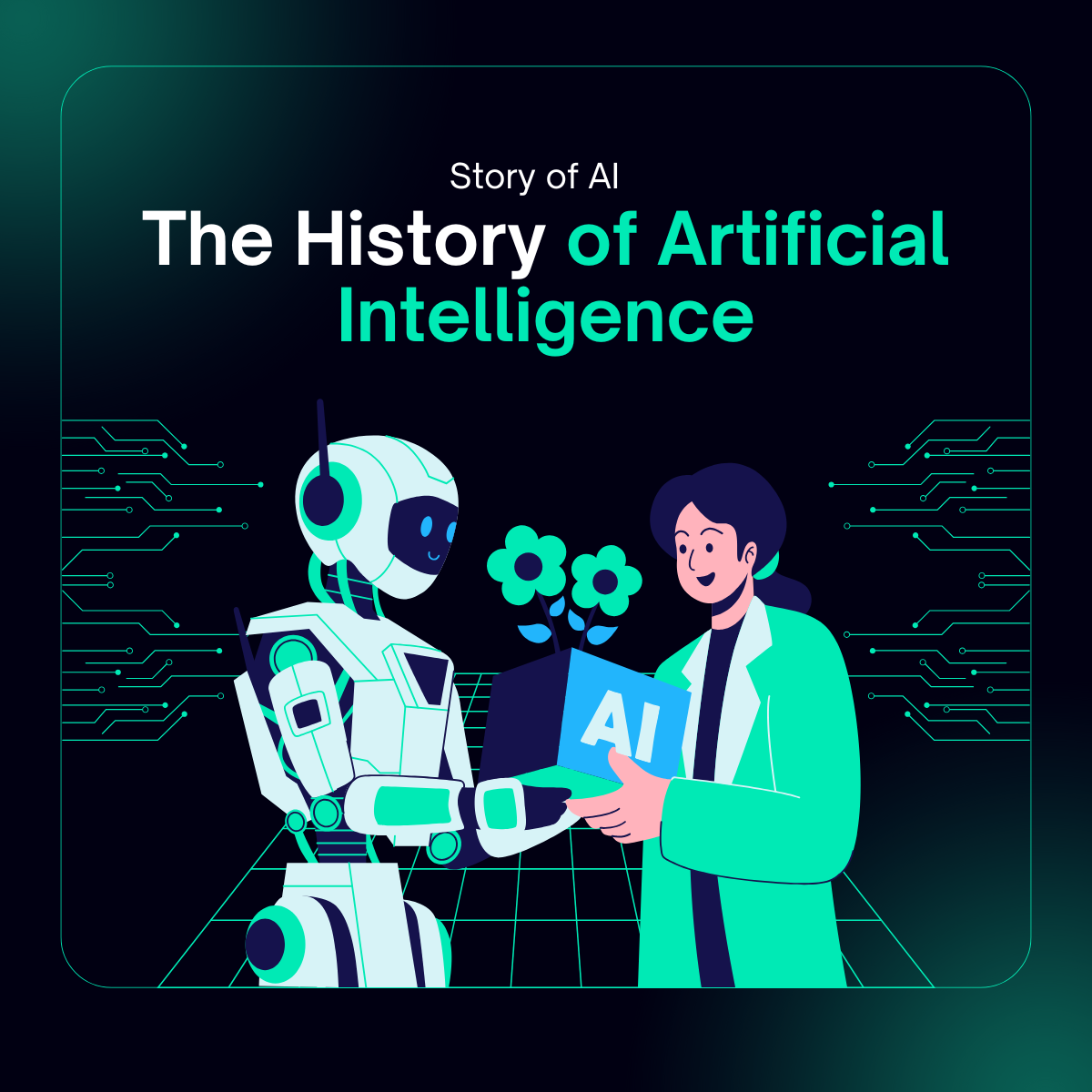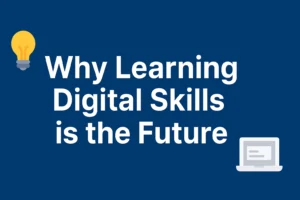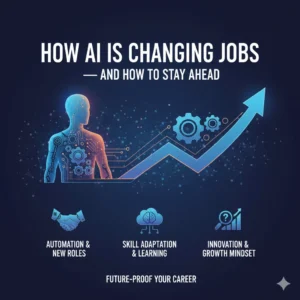The History of Artificial Intelligence:
A Human Journey with Machines
When we talk about Artificial Intelligence (AI), most people instantly think of chatbots, self-driving cars, or even futuristic robots. But AI didn’t just appear out of nowhere. It has a fascinating history—a story of human curiosity, imagination, and the constant desire to make life easier.
The Idea Before the Machine
The roots of AI go back centuries. Philosophers like Aristotle dreamed of logical machines that could mimic human thought. For a long time, these were just ideas—dreams of creating something that could “think” like us.
The Birth of AI as a Field (1950s)
The modern story begins in the 1950s. Alan Turing, a British mathematician, asked a simple but profound question: “Can machines think?” His famous “Turing Test” challenged scientists to build machines capable of imitating human conversation. Around this time, computers were just getting powerful enough to handle big calculations, and researchers started imagining them as more than just number-crunchers.
In 1956, at a conference at Dartmouth College in the U.S., the term “Artificial Intelligence” was officially born. It was the spark that lit the fire.
The First Wave of AI (1960s–1970s)
Early AI programs could solve puzzles, play games like chess, and even perform basic problem-solving. But they were slow, expensive, and limited. Still, these early experiments proved something important—machines could, in fact, mimic parts of human intelligence.
The “AI Winters” (1970s–1990s)
Like any ambitious dream, AI faced setbacks. Funding dried up when progress was slower than expected. This period is often called the “AI Winter.” But behind the scenes, researchers quietly kept working, building the foundation for the breakthroughs we see today.
The Rise of Machine Learning (2000s)
The real game-changer came when scientists shifted from trying to “teach” machines everything directly to letting them learn from data. This is what we now call machine learning. With more data and better computers, AI started recognizing faces, translating languages, and powering search engines.
AI Today and Beyond (2010s–2025)
In the last decade, AI has gone from research labs to our everyday lives. Voice assistants like Siri and Alexa, recommendation engines on Netflix and YouTube, and powerful tools like ChatGPT, MidJourney, and Runway AI show how far we’ve come.
And the journey isn’t over. AI is helping doctors diagnose diseases, assisting businesses in making smarter decisions, and even supporting artists in creating new forms of expression.
A Human Story with Machines
At its heart, the history of AI is really the history of human imagination. From Aristotle’s early ideas to today’s advanced systems, AI reflects our endless curiosity. We’ve always wanted to build tools that not only work for us but also think with us.
he question now isn’t just “Can machines think?” but “How can humans and machines grow together?”



